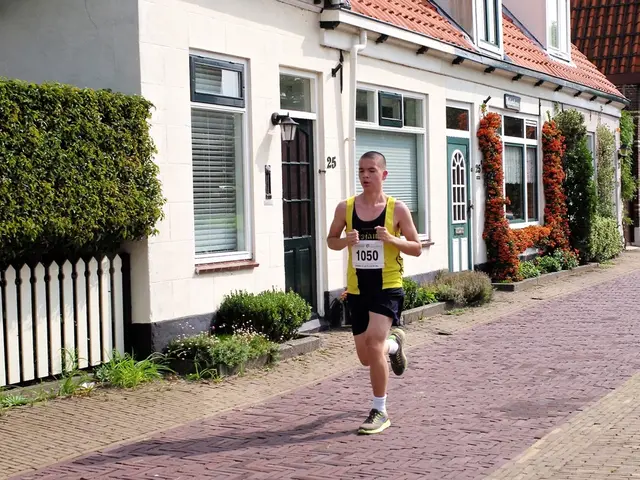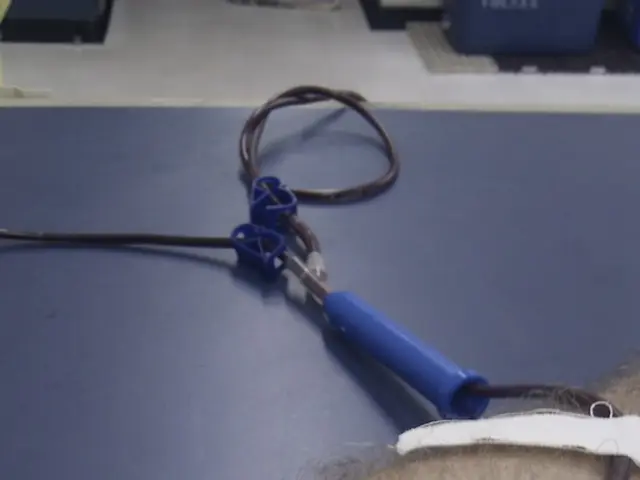Premier Spinal Cord Injury Treatment Offered by Dr. Raos
In the realm of health and wellness, understanding spinal cord injuries (SCIs) is crucial for everyone. These injuries can have lifelong consequences and affect a person's mobility and quality of life. Let's delve into the different types, risk factors, and treatment options for SCIs.
SCIs can be categorised into two main types: complete and incomplete. A complete SCI signifies total loss of movement and sensation below the injury level, leading to paraplegia (affecting the legs and lower body) or quadriplegia/tetraplegia (affecting the arms, legs, torso). On the other hand, an incomplete SCI indicates some preservation of motor or sensory function below the injured site, the extent of which depends on the injury location and severity.
The spinal cord is divided into four main sections: cervical (neck and above shoulders), thoracic (upper and mid-back), lumbar (lower back), and sacral (near the tailbone). Understanding the injury level is essential for proper diagnosis and treatment.
SCIs can occur due to various factors, primarily trauma such as vehicle accidents, falls, sports injuries, or violence. Conditions causing spinal fractures or instability can also lead to SCIs. The mechanisms of injury include axial loads, flexion, rotation, and lateral flexion forces.
Treatment for SCIs involves a multifaceted approach. In the acute phase, the primary focus is on stabilising the spine, preventing secondary injury, and surgical decompression if necessary. Rehabilitation is a crucial part of the recovery process, with a multidisciplinary approach targeting motor function, sensation, respiratory support, and psychological health. Therapeutic tools such as physical therapy, occupational therapy, and assistive devices are also essential.
The treatment approach at Dr Raos Hospital in Andhra Pradesh, India, aligns with general best practices in SCI care. Early assessment, precise classification of injury type and severity, surgical stabilisation if required, and a comprehensive rehabilitation program tailored to the patient's neurological status form the core of their treatment strategy.
While specific details about Dr Raos Hospital's protocols and success rates are not readily available, it is known that they use the latest techniques and equipment and have a well-equipped rehabilitation centre to help patients recover from their injuries.
Living with an SCI can be challenging, but with the right resources, support, and care, it is possible to lead a whole and satisfying life. Resources such as support groups, rehabilitation programs, and adaptive equipment can provide invaluable assistance.
Remember, prevention is better than cure. Wearing a seatbelt, using proper body mechanics, and taking precautions to prevent further injury are essential.
In conclusion, understanding the different types, risk factors, and treatments for SCIs is vital. While there is no one-size-fits-all treatment for SCIs, many options are available to help people manage their symptoms and improve their quality of life. Dr Raos Hospital, with its proven track record of success in treating SCIs, offers the best spinal cord injury treatment in Andhra Pradesh, India.
- Science has made significant advancements in the therapies and treatments available for individuals living with medical-conditions like spinal cord injuries (SCIs), such as spine surgery, rehabilitation, and the use of assistive devices.
- CDIs, or chronic diseases, like neurological disorders, can be among the reasons leading to spinal cord injuries (SCIs), alongside accidents, sports injuries, and falls.
- In the fields of health and wellness, medical research continues to explore and develop effective approaches for treating various spinal cord injuries (SCIs), focusing on different types, risk factors, and treatment options.




